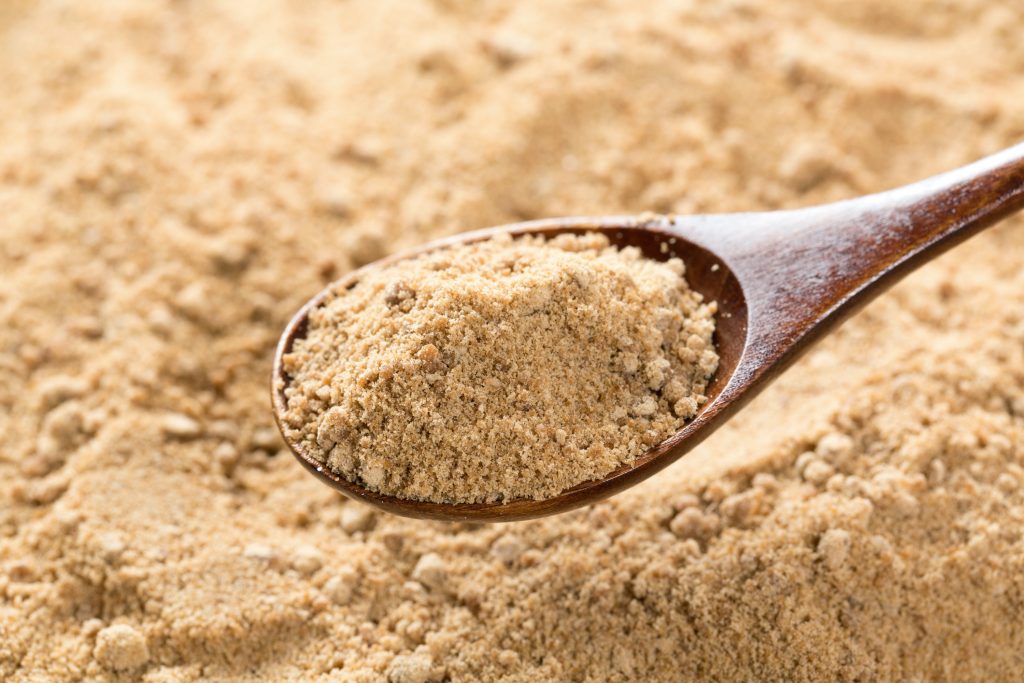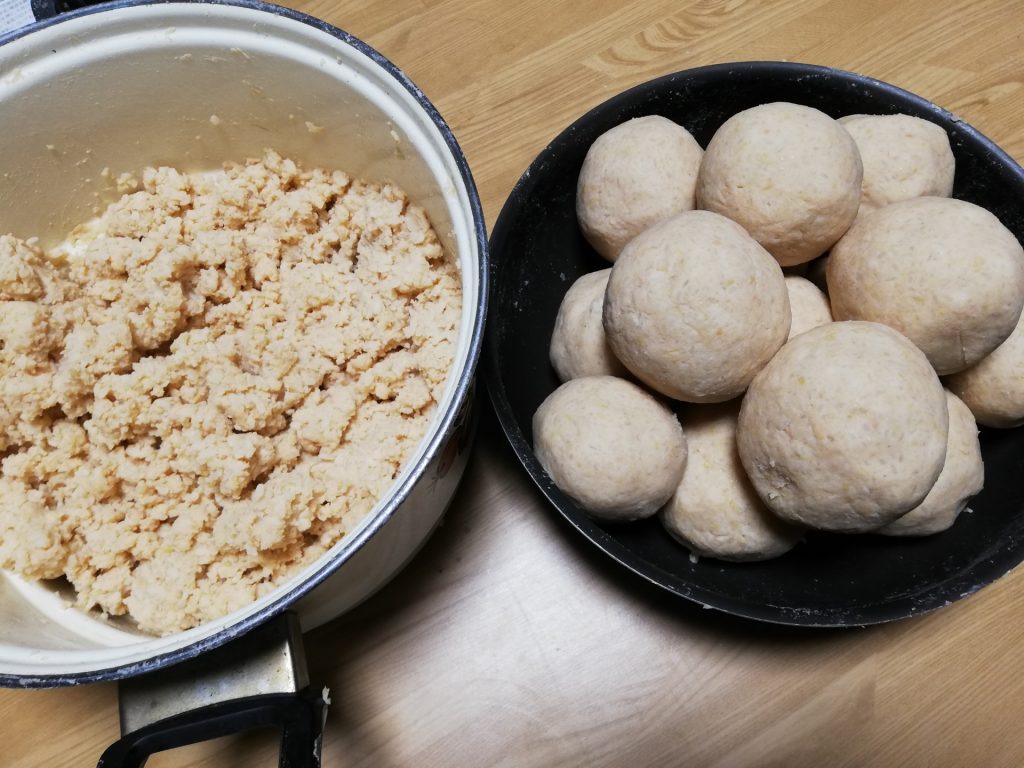Have you ever heard of “Sa Shi Su Se So”? It’s more than just a catchy phrase—it’s the traditional Japanese method of seasoning dishes in the right order for optimal flavor and health benefits. Whether you’re a foodie, a wellness enthusiast, or someone exploring authentic Japanese cuisine in California, this simple concept is a powerful key to mastering basic Japanese seasonings.
In this article, we’ll introduce you to the essential seasonings used in Washoku (traditional Japanese cuisine), the reason behind their order, and how switching to traditional seasonings can benefit your health. You’ll also learn tips from a certified Washoku food stylist to enhance your everyday cooking. Let’s dive into the heart of Japanese flavor!
What Are the Basic Japanese Seasonings? Introducing “Sa-Shi-Su-Se-So”

Japan’s culinary tradition is built upon five essential seasonings, remembered with the mnemonic “Sa-Shi-Su-Se-So”:
- Sa (砂糖 / Sugar) – Adds sweetness and depth to dishes.
- Shi (塩 / Salt) – Essential for enhancing flavor and preservation.
- Su (酢 / Vinegar) – For adding sourness and flavor.
- Se (醤油 / Soy Sauce) –For umami, saltiness and flavor.
- So (味噌 / Miso) – A fermented paste that provides umami and saltiness.
These five seasonings are the foundation of most washoku (Japanese cuisine) and are used in this specific order to maximize flavor and cooking efficiency.
Sa – Sugar
Japanese recipes commonly use white sugar, but there are richer options like sanonto (light brown sugar), kokuto (Okinawan black sugar), and rock sugar. Sugar was once a luxury item in Edo-period Japan. Today, choosing the right sugar can add depth to your dishes while preserving tradition. But for fermented dishes, I use koji products instead of sugar.
Shi – Salt
Salt is essential but often misunderstood. Not all salts are created equal. Sea salt or sun-dried salts may offer trace minerals and lower sodium content compared to table salt. Switching to a better quality salt can help support heart health while enhancing flavor.
Su – Vinegar
Japanese vinegars include rice vinegar, grain vinegar, and even imported options like balsamic or wine vinegar. High-quality (natural fermented) vinegar isn’t just sour—it has a mellow umami that lingers. Try upgrading your vinegar and taste the difference.
Se – Soy Sauce
From light to dark, tamari, white, and double-brewed, soy sauce in Japan is rich in variety. Artisanal soy sauces made via traditional fermentation offer complex aromas and less sodium than mass-produced types. Choose wisely—your dish depends on it.
So – Miso
Miso varies regionally across Japan—white, red, barley, and mixed miso each have distinct flavors. Homemade miso was once a family tradition, and you can still taste that craftsmanship today. Miso is not only flavorful but packed with probiotics, making it a perfect addition to any wellness-focused diet.
Why the Order of Seasoning Matters in Washoku

In traditional Japanese cooking, seasoning in the correct order—Sa, Shi, Su, Se, So—is not arbitrary. It’s based on:
- Absorption Timing: Sugar penetrates ingredients more slowly than salt, so it must be added first.
- Flavor Layering: Each ingredient builds upon the previous one, creating a balanced flavor profile.
- Texture Preservation: Vinegar and miso are added last to maintain their aroma and avoid overcooking their delicate flavors.
Following this order is one of the secrets to authentic-tasting Japanese dishes.
When to Add Mirin, Sake, and Shio Koji?
What about mirin (sweet rice wine), cooking sake, and shio koji (a fermented rice and salt paste)? These don’t fall into “Sa Shi Su Se So” but still play vital roles.
- Mirin & sake: Often added later for their aroma and glaze effects.
- Shio koji: Usually added at the beginning to tenderize and enhance umami naturally.
Pro tip: While combining all seasonings before cooking is common in online recipes, following the proper order can truly elevate your dish.
Other Common Condiments in Japanese Cooking

While “Sa-Shi-Su-Se-So” are the essential seasonings, there are other commonly used condiments that enhance Japanese dishes:
- Dashi – A broth made from kelp and bonito, forming the umami base of many dishes.
- Wasabi & Karashi – Japanese mustard and horseradish, used for spicy accents.
- Sesame Oil – Adds nuttiness to stir-fried and cold dishes.
- Ponzu – A citrus-based sauce often used with grilled meat and sashimi.
These condiments are usually combinations or derivatives of the basic seasonings.
Choosing Traditional Over Mass-Produced Seasonings

There is a noticeable difference between traditional and mass-produced seasonings:
- Traditional seasonings are often fermented naturally over months or years, resulting in richer flavor, higher umami, and added health benefits (e.g., probiotics in miso).
- Mass-produced seasonings may contain additives, artificial flavors, and shorter fermentation periods, sacrificing depth and nutritional value.
Look for seasonings made with minimal ingredients and traditional production methods when possible.
A Balanced Approach to Flavor and Health
Basic Japanese seasonings are not only about taste—they contribute to health and mindful eating:
- Fermented seasonings (miso, soy sauce, vinegar, koji) support gut health
- Natural ingredients reduce exposure to additives and sugar
- Balanced use of seasoning helps reduce sodium and refined sugar intake
When used with intention, seasonings become a key to both deliciousness and wellness.
Conclusion
“Sa-Shi-Su-Se-So” is more than a cooking acronym—it’s a philosophy that reflects Japan’s respect for balance, simplicity, and health. Whether you’re a home cook or a culinary explorer, understanding these basics will deepen your appreciation for Japanese cuisine.
Experience Washoku in Real Life
Interested in tasting or making traditional Japanese food yourself?
- Attend a Washoku cooking class in Japan
- Join a fermentation workshop to learn miso and soy sauce making
- Explore food tours focused on seasonal and fermented ingredients
Hands-on experience offers deep insight into how these seasonings are used to create harmony in flavor, nutrition, and presentation.
Don’t you want to know more about Japanese cuisine?
By subscribing to our email newsletter, you will receive in-depth knowledge about Japanese cuisine on an irregular basis.

2 Responses
[…] Previous post Basic Japanese Seasonings: Understanding “Sa-Shi-Su-Se-So” and the Heart of W… […]
[…] Basic Japanese Seasonings: Understanding “Sa-Shi-Su-Se-So” and the Heart of Washoku […]